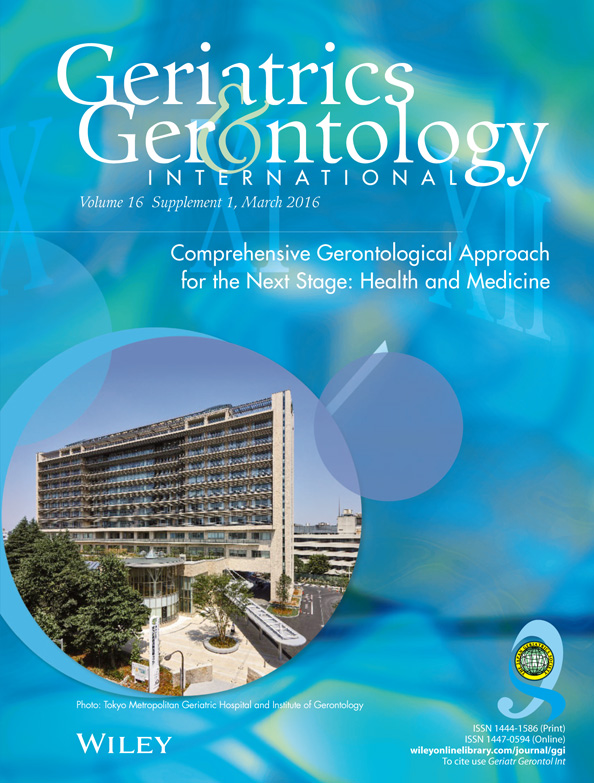Preface
The world is forecast to become an aging society in the near future, and Japan has already faced an aging society for 10 years. Aging is one of the most complicated and unsolved biological processes. Human aging is affected not only by genetic factors, but also by various environmental factors, such as diseases and lifestyle. These factors can affect various biological functions, resulting in altered physiological and pathological conditions. Therefore, it is important to understand the aging process to solve age-associated medical and social problems.
Tokyo Metropolitan Geriatric Hospital (TMGH) and Tokyo Metropolitan Institute of Gerontology (TMIG) were founded in 1972. TMIG was established to engage in a wide range of research to elucidate the aging mechanism, pathogenesis and prevention methods of morbid states, and social problems the elderly frequently face. Researchers in TMIG cover various fields of gerontology, and promote research that supports progress in geriatric medicine, long-term care and health promotion of older adults. TMGH is an acute care hospital, and specializes in the treatment of older adults. TMIG and TMGH have intimately collaborated to prolong healthy life, to increase quality of life of older adults, and to prevent various age-associated morbid states.
In 2010, the TMIG published a special issue entitled “Gerontology and Geriatric Science – Gene to Longevity” as a supplement of Geriatrics and Gerontology International. At the same time, the TMGH and TMIG were combined to form a local independent administrative agency, the Tokyo Metropolitan Geriatric Hospital and Institute of Gerontology (TMGH-IG), and moved to new facilities in 2013. Since then, many breakthrough medical and research activities have been achieved at the TMGH-IG. The aim of this supplement is to provide a concise overview of the current status of research in basic gerontology, and medical applications including the mechanism and regulation of aging, the pathogenesis of various age-associated diseases, therapeutics, and the promotion of healthy longevity and welfare. We also intend to propose future directions to facilitate the further integration of geriatric science with other areas of biology, medicine and social sciences in each chapter.
We expect that this supplement will help the readers to understand recent advances of research in geriatrics and gerontology, as well as research developments at the TMGH-IG. Finally, we thank all the contributors for preparing this supplement and administrative staff (Ms Kaoru Nishimaki) for editing it.
Disclosure statement
The authors declare no conflict of interest.




